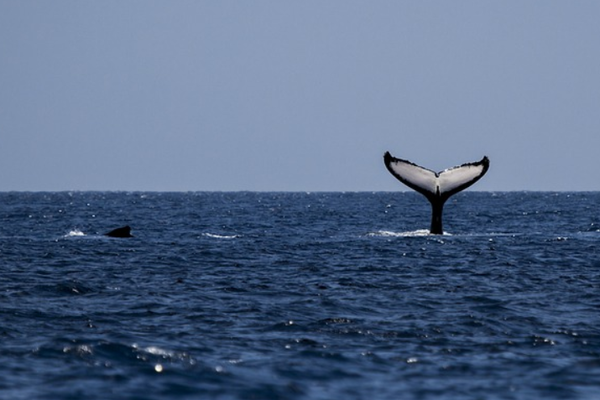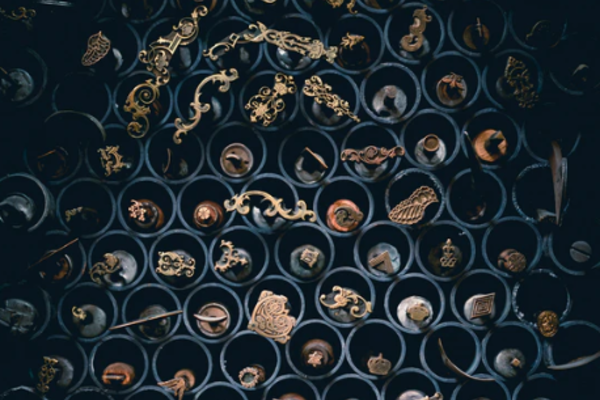Five things in the time of coronavirus
1. Leaves
From my bedroom window, eyes unfocused without glasses, I saw the new unfolding pale green leaves of an enormous chestnut tree, a couple of gardens away, the only thing I see through the small four-paned window. Probably a landmark for miles, this tree may have been here hundreds of years. I had a sense that it was forming buds a few days ago, and then today, this nearly translucent greenness in the early morning sunlight. Later, in the garden, I saw the changes in the three trees just behind my house from yesterday’s warm weather. The plum tree, over a hundred years old and looking its age, has only a couple of blossoms left and new leaves are taking over. The lilac leaves have been open a few days but now tiny buds are forming and some will probably open tomorrow. Behind the plum tree is an even larger apple tree with a horizontal branch across the width of the garden, perfect for swings, ropes and acrobatic children. Leaves are coming at the top and I can see a tiny pink petal emerging from the first blossom. Coronavirus gives us time to watch leaves unfurl and grow.
2.Hart Island plan of burial sites
Listening to the news first thing this morning, I heard that mass graves were being dug on Hart Island off the Bronx by prisoners from Rikers Island. Hart Island in the past was called Potter’s Field as it had mass graves for New York City paupers and also stillborn babies and babies who had died shortly after birth. Now it will be the final home of the New York poor succumbing in large numbers to coronavirus probably because they have no health insurance. But Hart Island is something special for me as I discovered about 10 years ago, researching my family past, that my eldest brother, who died shortly after birth in 1942, was buried there in a mass grave. I doubt my parents knew. It is an island that has no public access. The only ferry that goes there is for the prisoners who bury a few unclaimed people each week, maintain the graves and are now creating new mass graves. I’m sure it was never thought that the inaccessible Hart Island would ever be used again for mass graves, and maybe for me it will be the symbol of this pandemic.
I have a blog about the 1905 Odessa pogrom and its death records. Hundreds of bodies were buried in mass graves in the Jewish cemetery. I thought my mother might have had a much older brother buried there. He was probably only 2 or 3. It is still a possibility as I cannot find a death record for him. I had not noticed until now the thread of mass graves in my mother’s life and that she and I may both have had brothers buried alone and anonymously. Again my mother knew nothing as no one in her family talked about the past. It is not something that is easy to take in, imagine, or even think about. Rothko’s paintings of shimmering squares which he once told someone were related to stories he heard of mass graves during the 1905 pogroms may be an attempt to express the unthinkable.
Mass coronavirus graves on Hart Island in burial site 2
Hart Island plan – burial site 2
3. Songs for the Butcher’s Daughter Peter Manseau
The last time I went shopping before the lockdown I popped into a charity shop to browse at the books, thinking I didn’t particularly want to buy a book that might have been handled by others, but felt I might not get a chance again for a while, so I had a look. I picked up a book which I had read about 10 years earlier and remembered liking, and thought I might like to read it again in what I realised would be a long expanse of time torn away from life as usual. For me this book felt like a strange enigma – a very Jewish story written by a Catholic who had planned to train for the priesthood. Having learned Hebrew in his undergraduate religion studies, he took a job in an archive of Yiddish books and became totally involved in the Yiddish language and culture. From his experience and study of Yiddish literature comes a book that Jews feel is their own. It is the interweaving of two stories, the memoir of an old Yiddish writer and the narrator’s story, a young Catholic translator interested in language and writing. The memoir moves from Kishinev to Odessa to New York and as, in the past 10 years, I have learned that my grandparents went from Belarus to Kiev to Odessa to New York , I felt the book might have a different meaning for me now. When you keep learning new things about where your family came from and who you are, you keep searching for books and stories that describe the new places, times and worlds you come upon. For years I pictured my grandparents in small towns bordering the forests of Belarus, and then found I had to factor Kiev and Odessa into my image of their lives. And back in time their parents may have lived in the Carpathian Mountains of northern Romania on the border with Ukraine. And then there are hints of relations in the university town of Czernowitz in Bukovina, and others near Bratislava in Slovakia. All new worlds to me. And so I search for more stories.
4.The Plague Albert Camus
I read this book an unbelievable number of years ago but I remember the feeling of fear and impending doom. Reading it again, I keep coming across sentences that I probably saw in a newspaper within the last few days. It should be required reading….
5. A photograph: through the window
We were planning to move house in a couple of months – to a new house that is still being built at the other end of the country. We saw the house once in February, in a nearly built state, just as Covid-19 was beginning to spread beyond China. Now the sale may or may not happen, depending on the plans of a coronavirus and whether we can extricate ourselves as a society from its grip. I have not looked at the photographs we took since we realised that this major change in our lives has been frozen in time and may remain that way. Now I will have a look and possibly say a tentative goodbye to the house in case that is the way things go.
Everything seems even less certain now as I received a letter from a hospital trust this morning saying that I am ‘someone at risk of severe illness if you catch coronavirus’. Possibly it is a mistake although I have used a wheelchair for 25 years from having had polio as a small child which led to postpolio syndrome in my late 30s. I have also been investigated for a possible respiratory problem because of an abnormal test showing raised CO2. Ironically I had an appointment in mid-March a few days before the lockdown at a polio respiratory clinic at St Thomas’, the hospital which took in the first coronavirus patients in Brighton and later in London, but I was advised not to attend. And so I am left in limbo. Lockdown for me of course is not much different from my everyday life. The difference is the anger/sadness/heartbreak about how this country and others did not take this virus seriously from the beginning, quarantining people coming from abroad and sourcing the tests and equipment that would be needed as soon as the virus began to spread – which would have saved so many lives.
by Ruth Bridgens.















